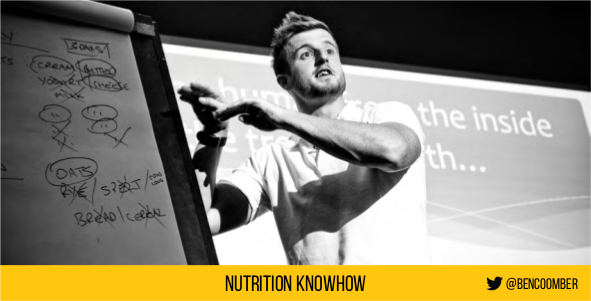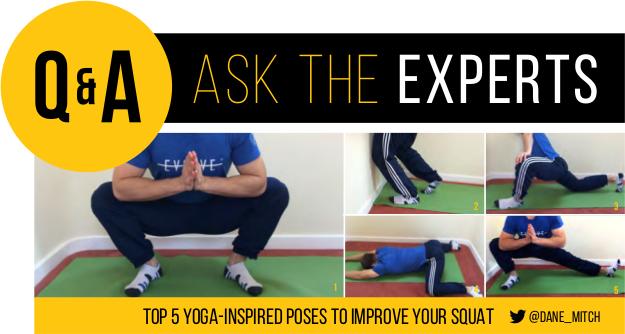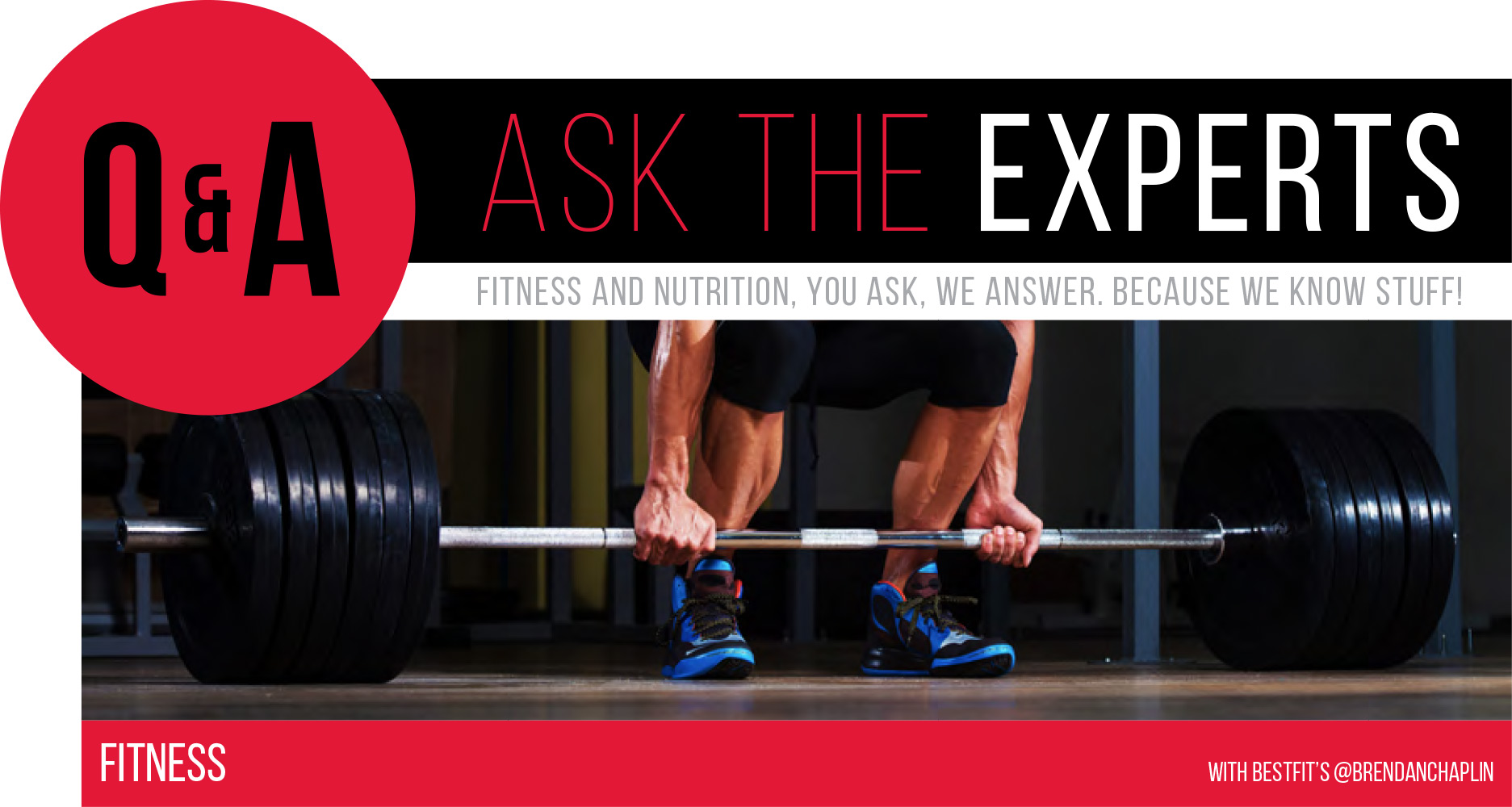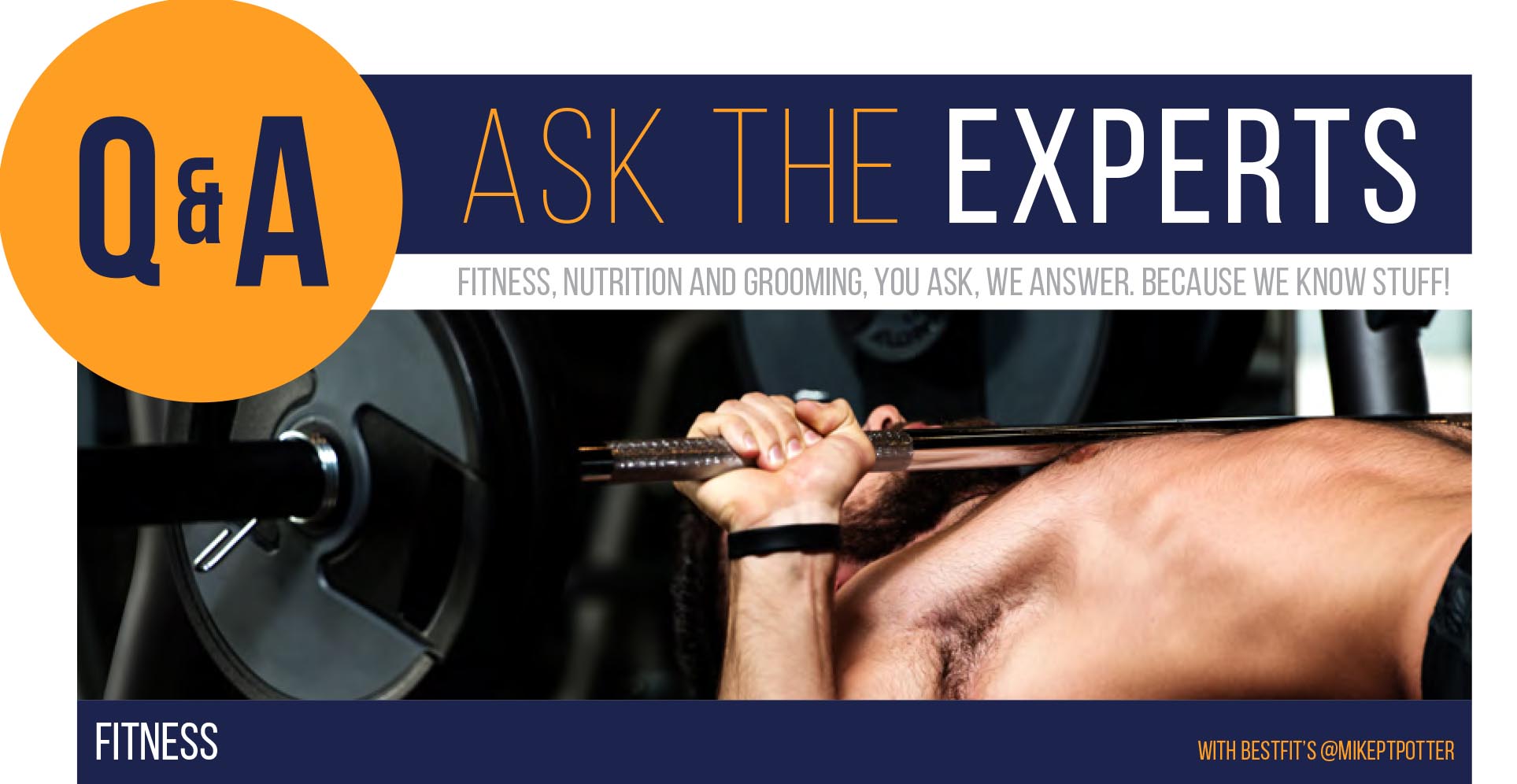BESTFIT Issue 19 – Ask the Experts
BESTFIT Issue 19 – Ask the Experts
Share
 Ask The Experts: Myth Buster overtraining or under recovery, which is true? Dane Mitchell investigates
Ask The Experts: Myth Buster overtraining or under recovery, which is true? Dane Mitchell investigates
The maximum exercise volume and intensity one can endure is very specific to the individual. For example, if an average sedentary individual jumped into the training programme of an Olympic level triathlete, they would most certainly display all the symptoms and physiological markers of overtraining. Equally, the Olympic level triathlete may display symptoms of overtraining even if they have been doing this type of training for years if their recovery is not optimal.
There is such a thing as overtraining, which is specific to the individual, their genetics, the circumstances and environment they are in. However, with optimal recovery you can get closer to your genetic ceiling of coping with high amounts of physical activity.
The optimal nutrition, sleep, contrast bathing, massage and all of the other weird and wonderful methods of recovery that allow you to cope with higher levels of physical activity is also specific to the individual; so knowing what overtraining or under recovery is for YOU can get a little confusing!
Here are my top five ways to spot if you are either over training or under recovering…
Your Progress Has Stalled
If you’re training harder than ever and you’re not seeing the results, it could be that you’re over training or a lacking sufficient recovery. In this instance, instead of seeing rapid developments, your body can often go the other way and you can see decrements in your performance.
You Still Ache 72 Hours After A Session
Similar to the above, muscle soreness is also a sign that your muscles aren’t being given enough time to repair before another session. This in turn, negatively impacts on any efforts you’re making to gain and build muscle. Listen to your body and don’t overstay your welcome in the gym!
You’re Tired And Run Down
Feeling run down and constantly tired isn’t part of a healthy training regime. If you constantly feel exhausted and like you’re coming down with a cold or a bit under the weather, it could be because you’re over training/under recovering. When you over train your body is in a continual catabolic state, which means your immune system is more likely to take a hit and your chances of getting ill increase. Take a rest, get lots of sleep and plenty of good, clean food so you can recover and come back even stronger and with more energy.
You’re Injured Or Picking Up More ‘Niggles’
You could also end up aggravating old injuries through overtraining. By putting in additional hours in the gym, your body starts to train in somewhat of a weakened state and you put yourself at increased risk of injury. Schedule rest time in to your programme the same way that you would with any other session to ensure you get time to recover.
You Find Your Motivation Levels Decrease
There’s a difference between lacking a bit of willpower to get yourself to the gym and a decrease in motivation levels through overtraining. If you’re usually spot on with your training and never have to force yourself to go and all of a sudden find yourself becoming uninterested in it, there could be some imbalance or irregularity in you’re hormonal profile due to either overtraining or insufficient recovery. Instead of forcing yourself to go and risking becoming injured, take some time off to fully recover so that you can get back to it properly and raring to go.

It’s bulkin’ time! Ben Coomber on how to bulk up, and six alternative products to help you go big in the gym
Muscle gain is a goal for a huge number of gym-goers, and just like the phrase ‘abs are made in the kitchen’ rings some amount of truth, it cannot be ignored that what we do at the dinner table will have, in many ways, just as big an impact on our results for gaining muscle as training. Put simply, if we want to have a hope in hell of building muscle, we need the substrate (protein) and energy (calories) required for weight gain (in almost all cases). Eating more food gives you more energy to train hard. You are able to exert more effort and manage more total volume, which means a greater growth stimulus, then you are able to recover faster to do it all over again. While this awesome training is happening, the fact you are eating a calorie surplus while eating a bunch of protein means you steadily gain weight in the form of muscle and a little tag along fat.
Here are my top six bulking foods and why they are awesome. They’re a little different to the typical recommendations of nut butters and milk but they’re still calorie dense, they taste delicious, and unlike the pizza and a shake diet of the old bulking 90’s guys, they won’t leave you feeling like crap after you eat them!
Clotted Cream
I don’t remember who alerted me to the amazingness of clotted cream but I need to find them and thank them. We all have fond memories of slathering it on a fresh scone before we even knew what a carbohydrate or a deadlift was, and it’s time to bring it back to the table. Either apply it to a scone, old-school (if you have the total macros for it) or do as I do and add it to oats with a little jam. Clotted cream is packed with fat-soluble micronutrients which you’d expect from any good dairy product, and it’s not likely to break the bank, either!
Cheese
Staying with the dairy theme, no list of high-calorie foods could EVER be written without mentioning cheese. Whether you like cheddar, Wensleydale, brie, feta or Gorgonzola (ew), you can’t go wrong with cheese. Stuff chicken with it, melt it onto stuff, add it to mash, eat it from the block…or is that just me? Cheese has a great calcium content to keep your bones strong, and the aged blue stuff is amazing for gut and digestive health, too. Are you a man or a mouse? Either way, break out the cheese board.
Pilchards
Pilchards are sardines that grew up, and are therefore unsuitable for traditional sardine canning. Because of this they pack all of the same Omega 3 fatty acids and protein but come at a fraction of the price. You can typically get a large tin containing 500 of the most delicious and nutritious calories for less than the price of a newspaper. Bang ‘em on toast for a breakfast with a twist!
Banana Chips
Dried fruit has become the devil of late, owing to the government and mainstream media’s continuing campaign against sugar, but the very things that make dried fruit a bad idea for some make them a GREAT idea for you. Namely, they are Moorish, easy to eat, readily available, hugely calorie dense, full of fast-acting carbohydrates (perfect for training) and not that filling, meaning you can put a lot of them away. Eat in place of a bag of crisps, grind up and add to homemade protein bars or throw a handful into some high fibre cereal for an added nutritious crunch that comes alongside a powerful dose of cramp-relieving potassium!
Baked Beans
Baked Beans are amazing. They have more sugar and additives than your usual can of kidney beans, but they are far from what anyone would consider ‘bad for you’. A large tin will provide over half of your daily fibre needs, a good amount of protein, zinc, iron, calcium and a load of energy giving carbs. Throw in a pan and heat through, you can’t go wrong!
Fresh Bread
Bread has been the whipping boy of fitness for FAR too long. It is packed with fibre, healthy fats, B vitamins, iron, folate and a ton more micronutrients, it’s cheap, portable and convenient but above all – it tastes and smells amazing. If you are struggling to get enough calories in your day to gain weight, simply making a sandwich and taking it with you as a snack could be the difference between filling out a size XL tee shirt at some point on your life or forever wallowing in the medium range. For added amazingness, throw number 6 in a toaster then top with 5 and 2 for a meal loaded with protein, fibre, healthy fats and muscle-building carbs

















FOLLOW BESTFIT